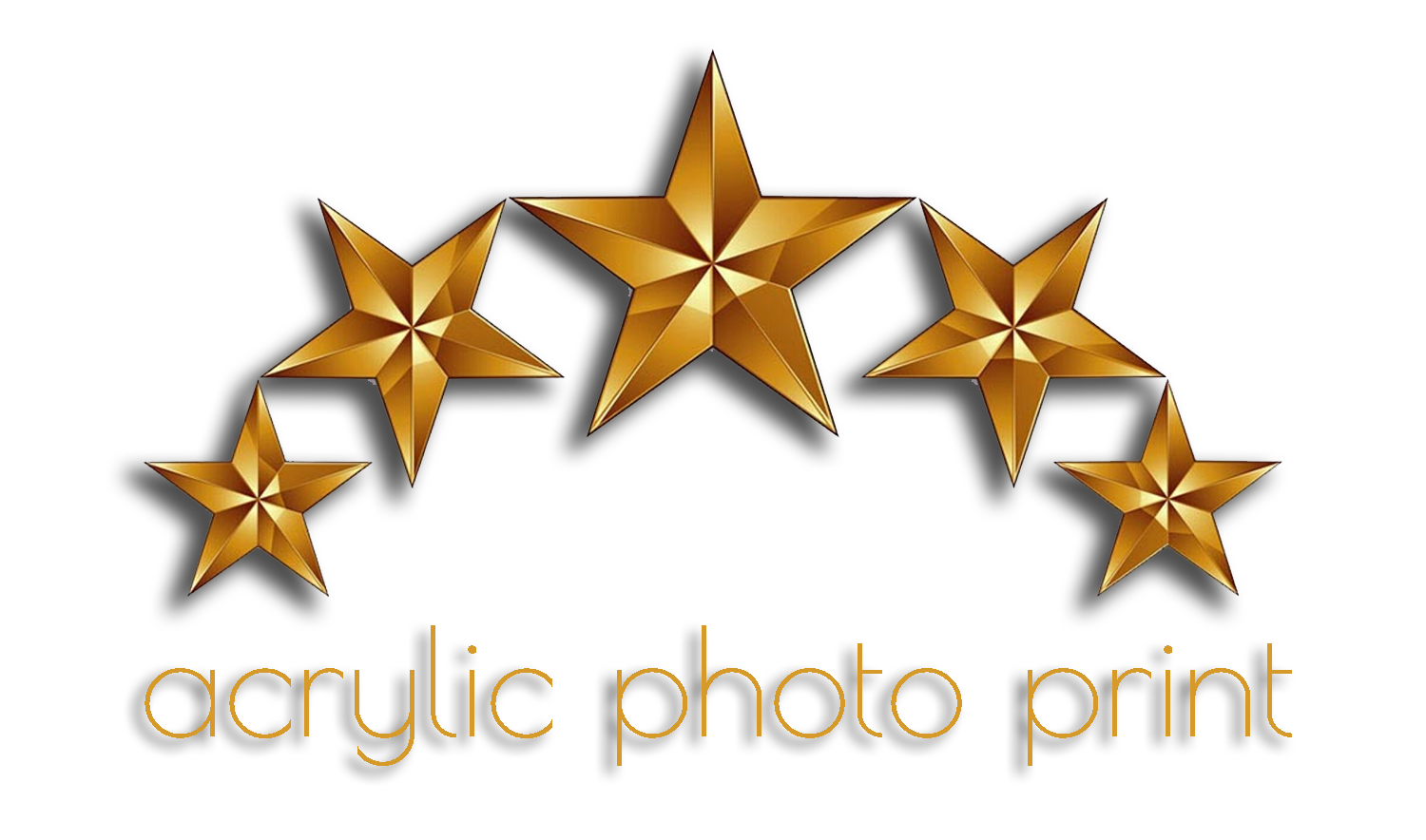The mesmerizing appeal of glossy acrylic prints lies not just in their modern aesthetic, but in the fascinating optical science that makes them superior to traditional printing methods. Understanding the acrylic glass finish technology reveals why photographers, artists, and interior designers consistently choose this medium for displaying their most important images. The secret lies in how light interacts with the unique properties of acrylic material to create unprecedented image vibrancy and visual depth.
When you first encounter a professional acrylic print, the immediate impression is one of extraordinary clarity and color intensity. This isn’t merely subjective appreciation—it’s the result of precise optical engineering that transforms how we perceive photographic images. The glossy surface acts as more than just protection; it becomes an active participant in image enhancement through sophisticated light manipulation techniques.
The Optical Physics of Acrylic Glass Enhancement
Light Refraction and Reflection Principles
The superior performance of glossy acrylic prints stems from the material’s unique refractive properties. Unlike traditional photo prints protected by standard glass, acrylic material has a refractive index of approximately 1.49, which closely matches the optimal conditions for image clarity enhancement.
When light hits an acrylic print, it reflects through the acrylic sheet onto the image itself, creating a luminous effect that makes colors appear more saturated and vibrant than they would under conventional display methods. This phenomenon, known as internal reflection enhancement, occurs because acrylic’s smooth, uniform surface provides consistent light distribution across the entire image area.
The glossy finish eliminates microscopic surface irregularities that typically scatter light in random directions. Instead, light rays follow predictable paths, maintaining their intensity and color accuracy as they interact with the printed image beneath. This controlled light behavior is what gives acrylic photo clarity its distinctive appearance.
Color Saturation Enhancement Mechanisms
Image vibrancy acrylic technology works by preventing color loss that occurs with traditional mounting methods. When photographs are displayed behind regular glass, multiple air gaps between the print surface, glass, and mounting materials create opportunities for light scattering and color dilution.
Acrylic mounting eliminates these problematic air gaps by creating direct contact between the protective surface and the image. The properties of your photo print are intensified when it is mounted under glossy acrylic glass, which highlights the vivid color and enhances the impression of depth. This direct contact ensures that colors maintain their original intensity without the dulling effects of multiple surface interfaces.
The result is particularly dramatic with vibrant colors—reds appear deeper, blues more electric, and greens more lush than would be possible with conventional framing methods. This enhanced color reproduction makes acrylic ideal for displaying artwork, nature photography, and any image where color accuracy is paramount.
Advanced Manufacturing Processes Behind Superior Clarity
UV Flatbed Printing Technology
Modern acrylic glass science employs sophisticated printing technologies that go far beyond traditional photo processing. Using state of the art UV flatbed technology, images are printed directly onto acrylic glass, then finished with a non-translucent white backing and highly polished edges. This direct printing method eliminates the multiple layers that traditionally separate viewers from photographic images.
The UV flatbed process uses specially formulated inks that cure instantly under ultraviolet light, creating permanent bonds with the acrylic surface. These inks are designed to maintain their chemical stability over decades, ensuring that the enhanced vibrancy remains consistent throughout the print’s lifetime.
The precision of this printing method allows for exceptional detail retention. Fine textures, subtle gradations, and intricate patterns are preserved with accuracy that surpasses traditional photographic processing. The result is photo print quality that approaches the resolution limits of human vision.
Surface Preparation and Optical Clarity
The creation of superior glossy finish photo prints begins with meticulous surface preparation. Professional acrylic glass is manufactured to 99.9% optical clarity, meaning that less than 0.1% of light passing through the material is lost to scattering or absorption.
This exceptional clarity is achieved through controlled polymer manufacturing processes that eliminate internal stress patterns, bubbles, and microscopic imperfections. The surface is then polished to optical precision, creating a perfectly smooth interface that maximizes light transmission while minimizing unwanted reflections.
The thickness of the acrylic material also plays a crucial role in image enhancement. Thicker acrylic (typically 1/8″ to 1/4″) provides greater structural rigidity while creating a more pronounced sense of depth. The increased material thickness enhances the floating effect that makes images appear suspended within the acrylic medium.
Comparative Analysis: Glossy vs. Traditional Display Methods
Visual Impact Differences
Acrylic prints have a glossy surface that reflects light, creating a vibrant and dynamic viewing experience, while canvas prints have a more matte surface that diffuses light, resulting in a softer and more subdued visual effect. This fundamental difference in light interaction explains why acrylic prints consistently outperform alternative display methods in terms of visual impact.
Traditional framing methods introduce multiple variables that can degrade image quality: frame shadows, glass reflections, matting interference, and air gap distortions. Glossy acrylic prints eliminate these variables by creating a unified optical system where the protective surface actively contributes to image enhancement rather than merely providing protection.
The contrast enhancement achieved through acrylic mounting is particularly impressive. Dark areas appear deeper and more mysterious, while bright areas maintain their luminosity without washout. This improved dynamic range makes images more engaging and emotionally compelling.
Longevity and Color Stability
Acrylic glass finish technology provides superior long-term color stability compared to traditional display methods. The UV-resistant properties of quality acrylic materials protect underlying images from the primary cause of photographic fading—ultraviolet light exposure.
The sealed environment created between the acrylic surface and the printed image prevents atmospheric contaminants from reaching the photograph. Moisture, pollutants, and chemical vapors that gradually degrade traditional prints are blocked by the impermeable acrylic barrier.
Professional testing indicates that properly manufactured acrylic prints can maintain their original color accuracy for 50+ years under normal display conditions, significantly exceeding the lifespan of conventionally framed photographs.
Technical Specifications for Optimal Performance
Thickness and Optical Properties
Enhance image colors effectiveness varies with acrylic thickness selections. Standard thicknesses range from 1/16″ (2mm) for small format prints to 1/4″ (6mm) for large installations. Thicker materials provide enhanced structural stability and create more pronounced depth effects.
The relationship between thickness and visual impact is not linear—there’s an optimal thickness range for each image size that maximizes the depth enhancement while maintaining practical mounting considerations. Professional installers consider viewing distance, image content, and lighting conditions when recommending specific thickness options.
Surface Treatment Variations
While this analysis focuses on glossy finishes, understanding the alternatives helps appreciate the unique benefits of glossy acrylic technology. Matt acrylic glass is subtle and understated, while glossy acrylic glass shines with a crystal clear finish. The choice between finishes depends on specific display requirements and aesthetic preferences.
Glossy finishes maximize color vibrancy and depth enhancement, making them ideal for images where impact and visual drama are priorities. The reflective properties that create this enhanced vibrancy also mean that lighting conditions must be considered during installation to minimize unwanted reflections.
Future Developments in Acrylic Display Technology
Emerging Enhancement Technologies
Current research in acrylic photo clarity focuses on further improving optical transmission while reducing manufacturing costs. New polymer formulations promise even greater clarity and color stability, while advanced surface treatments may provide enhanced scratch resistance without compromising optical performance.
Nano-coating technologies are being developed that could provide selective light filtering, automatically adjusting image appearance based on ambient lighting conditions. These smart coatings could optimize image vibrancy throughout the day, maintaining consistent visual impact regardless of changing light environments.
Integration with Digital Technologies
The future of glossy acrylic prints may include integration with digital enhancement technologies. Researchers are exploring transparent display overlays that could add interactive elements to static images, while maintaining the optical clarity that makes acrylic mounting so appealing.
These developments could enable acrylic prints that adapt their appearance based on viewer preferences or environmental conditions, taking the concept of enhanced vibrancy into entirely new territories.
Conclusion: The Scientific Foundation of Visual Excellence
The science behind glossy acrylic finish technology reveals why this medium consistently delivers superior image quality compared to traditional display methods. Through precise control of optical physics principles—light refraction, reflection management, and color enhancement—acrylic mounting transforms ordinary photographs into extraordinary visual experiences.
Understanding these scientific principles helps explain why image vibrancy acrylic technology has become the preferred choice for discerning photographers, artists, and designers. The combination of immediate visual impact and long-term durability makes acrylic mounting a smart investment for anyone serious about image quality.
Whether you’re displaying family portraits, artistic photography, or commercial imagery, the optical science behind glossy acrylic finishes ensures that your most important images are presented with the clarity, vibrancy, and visual impact they deserve. The technology continues advancing, but the fundamental principles that make acrylic mounting superior remain constant—it’s simply the most effective way to enhance and preserve photographic images.



No responses yet